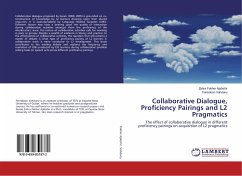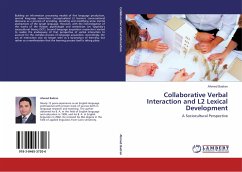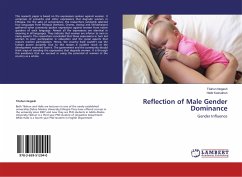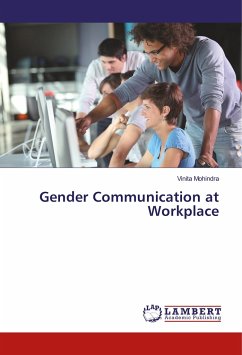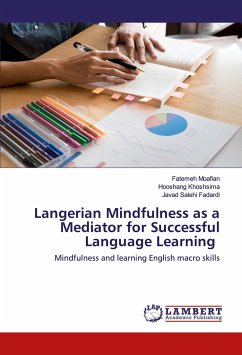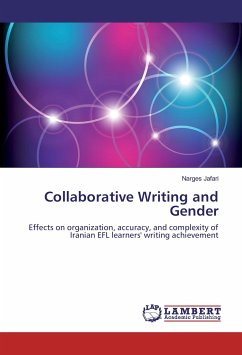
Collaborative Writing and Gender
Effects on organization, accuracy, and complexity of Iranian EFL learners' writing achievement
Versandkostenfrei!
Versandfertig in 6-10 Tagen
39,99 €
inkl. MwSt.

PAYBACK Punkte
20 °P sammeln!
L2 writing is found to be a cumbersome task for both L1-L2 students enrolling in a foreign language instruction. What make writing a troublesome task does not only the usage of correct vocabularies and structures but also the unfamiliarity of learners with the L2 culture. Thus, we come across a large number of EFL students, who have already possessed a good command in their language skills but they are not still fully proficient writers in L2. Moreover, in today's world which relies heavily on communicative abilities, the image of collaborative writing is not a dream any more. We encounter man...
L2 writing is found to be a cumbersome task for both L1-L2 students enrolling in a foreign language instruction. What make writing a troublesome task does not only the usage of correct vocabularies and structures but also the unfamiliarity of learners with the L2 culture. Thus, we come across a large number of EFL students, who have already possessed a good command in their language skills but they are not still fully proficient writers in L2. Moreover, in today's world which relies heavily on communicative abilities, the image of collaborative writing is not a dream any more. We encounter many far-away authors who bind to work together in order to produce their work on time. The idea of collaborative writing does not constrict to far-away writers, but it is also fruitful for students and teachers in the classrooms, more specifically for "Writing Courses". As such, this study might shed some light on traditional view regarding writing. In particular, it investigates the effect ofcollaborative writing on 3 measures of organization, accuracy, and complexity of Iranian EFL learners' writing achievement.



